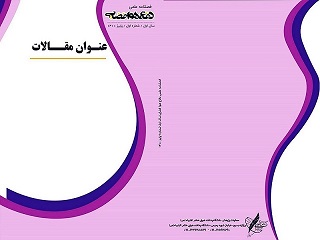Document Type : Original Article
Authors
1 Assistant Professor, Faculty Member, Khatam Al-Anbiya Air Defense University
2 Department of Mechanical Engineering, Air Defense University, Tehran, Iran
Abstract
In this study, has been investigated the effects of key parameters, including coolant flow velocity and temperature, heat flux, and fin angle, on heat transfer performance. For this purpose, a concave parabolic fin has been used with angles of 0, 45, and 90 degrees relative to the coolant flow (air), flow velocity (between 1 and 2.5 m/s), and heat flux of 18.5 and 4.6 kW/m2. Due to its high thermal conductivity, the fin material has been selected aluminum. Results reveal that the parabolic fin's sharp-tip and curvature not only reduce its weight and volume compared to a triangular fin but also improve flow uniformity and thermal contact area. This leads to reduced pressure drop and thermal stresses, ultimately enhancing fin durability. The parabolic fin’s sharp end further minimizes vortex formation and variations in the heat transfer coefficient, and as flow velocity increases, the average heat transfer coefficient rises. Moreover, the analysis shows that changes in the angle between the fluid flow and fin alignment have minimal impact on fin efficiency, with pressure drop primarily influenced by flow velocity. The lowest pressure drop occurs at a flow angle of zero degrees. Additional, findings indicate that while an increase in flow velocity substantially raises pressure drop, changes in fin angle and heat flux have less pronounced effects. At zero-degree flow alignment, the minimal cross-sectional resistance of the fin results in the lowest observed pressure drop.
Keywords
Main Subjects

